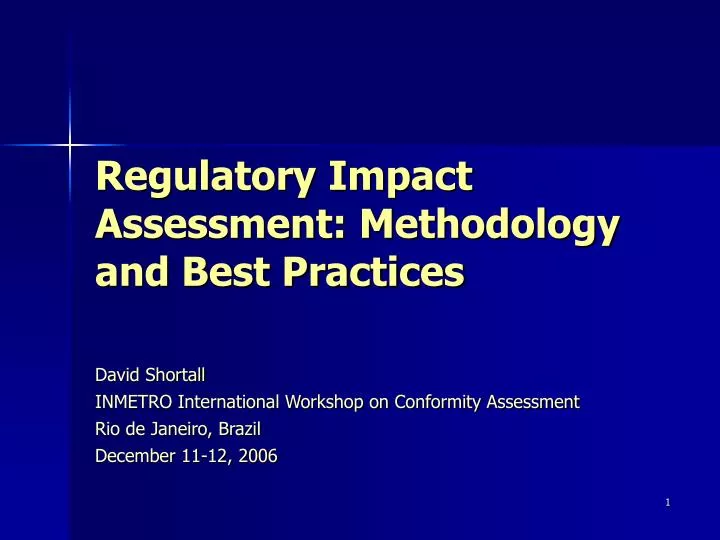
Decoding Regulatory Impact Assessments: A Deep Dive
Embarking on a journey through the bureaucratic landscape, one term that often surfaces is Regulatory Impact Assessments (RIAs). Understanding the nuances of this process is vital for anyone navigating the intricate web of regulations that govern our world.
Unraveling the Purpose: Why Regulatory Impact Assessments Matter
At the core of Regulatory Impact Assessments lies a fundamental question: What impact do proposed regulations have on businesses, the economy, and society at large? This process serves as a systematic examination, aiming to unveil potential consequences before a regulation becomes law. It’s a preemptive strike against unintended side effects.
Navigating the Complexity: How Regulatory Impact Assessments Work
Picture this: a regulatory change is proposed. Before it can see the light of day, it undergoes a thorough assessment. Experts scrutinize the potential impacts on various fronts, from economic implications to effects on public health. This intricate dance involves data analysis, public consultations, and a meticulous evaluation of costs and benefits.
Economic Considerations: The Dollars and Cents of Regulations
One significant aspect of Regulatory Impact Assessments is their focus on the economic landscape. Assessors delve into the financial implications, weighing the costs businesses may incur against the potential societal benefits. It’s a delicate balance that aims to strike a chord between regulatory efficiency and economic feasibility.
Public Participation: Giving a Voice to the Masses
Regulatory decisions don’t happen in isolation. Recognizing this, Regulatory Impact Assessments often include a public consultation phase. This isn’t just a formality; it’s an opportunity for citizens, businesses, and advocacy groups to voice their opinions. Inclusion of diverse perspectives enriches the assessment process.
The Role of Data: Factoring in the Numbers
In the realm of Regulatory Impact Assessments, data reigns supreme. Assessors rely on a plethora of data sources to model potential impacts accurately. Whether it’s economic forecasts, health statistics, or environmental metrics, a data-driven approach ensures assessments are grounded in reality.
Environmental Impact Assessments: A Specialized Subset
Within the broader scope of Regulatory Impact Assessments, a specialized subset takes center stage – Environmental Impact Assessments (EIAs). These assessments focus specifically on the potential ecological consequences of proposed regulations. From air quality to biodiversity, EIAs scrutinize the environmental footprint of regulatory changes.
Challenges and Criticisms: Scrutinizing the Assessment Process
Like any complex system, Regulatory Impact Assessments aren’t without their challenges. Critics argue that the process may be susceptible to biases, underestimating costs, or neglecting certain societal groups. Acknowledging these challenges is essential for refining the assessment process and ensuring it remains a robust tool.
Global Perspectives: Varied Approaches to Regulatory Impact Assessments
Regulatory Impact Assessments are not a one-size-fits-all affair. Countries around the world adopt diverse approaches, reflecting their unique governance structures and priorities. Comparative analysis of these approaches provides valuable insights into what works and what might need refinement.
Explore Regulatory Impact Assessments at josslawlegal.my.id
For those diving deeper into the world of Regulatory Impact Assessments, a valuable resource awaits at josslawlegal.my.id. Delve into the intricacies, best practices, and global perspectives surrounding the assessment process. Understanding Regulatory Impact Assessments is not just a bureaucratic endeavor – it’s a key to navigating the ever-evolving regulatory landscape with insight and foresight.



